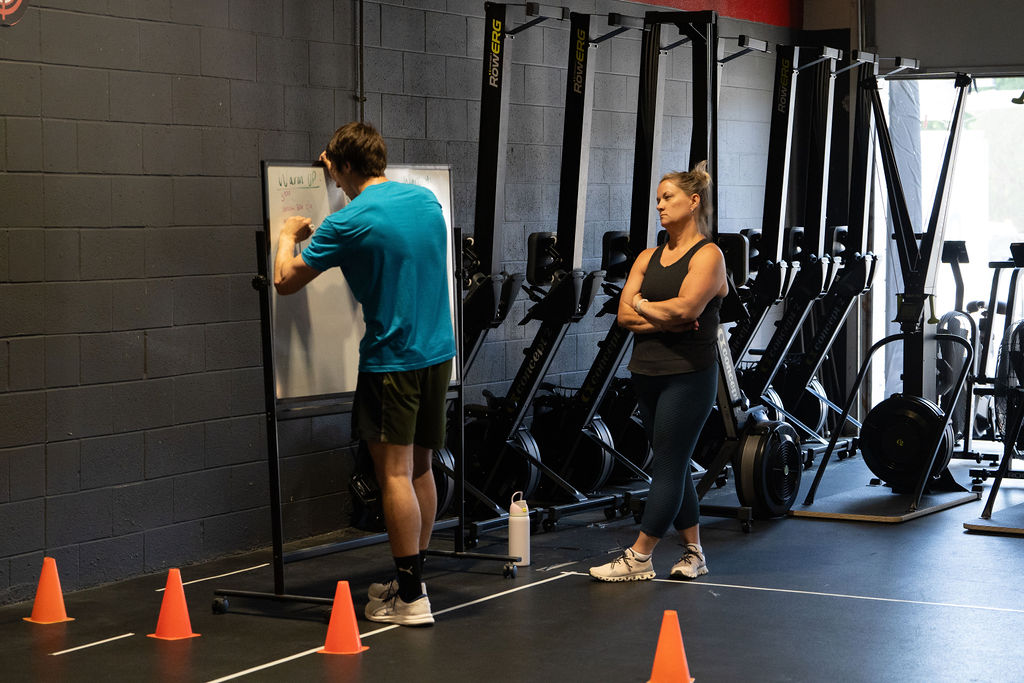

Nutrition is the simplest, most difficult thing to understand and master. It gets overcomplicated because everyone’s chasing the next best thing—whether it’s a new diet, a new drug, or some shiny shortcut.
But despite all this noise, we’re living in the most unhealthy society to date. And honestly? That’s not your fault. Nobody teaches us the basics. A few people figure it out and find success. Some share real info, but most are just selling flashy ideas that don’t care about your long-term health.
What I want to do with this post is simplify nutrition the best I can—based on my experience over the years and what I know to be true.
For the record, I’ve worked with a nutrition coach for 3 years now. Even with everything I know, they’re still an asset. Why? Because we’re always changing as humans. There’s always more to learn. And I trust that they have my best interest in mind.
Weight loss or gain is a math equation.
If you eat less than your body needs, you’ll lose weight.
If you eat more, you’ll gain.
It’s really that simple.
But here’s where most people go wrong:
You need consistency to solve the equation.
You can’t “kind of” track and expect to see progress. The numbers need to be accurate to reflect how your body reacts.
Let’s say (hypothetically) you think your body needs somewhere between 2,000–2,300 calories per day to maintain its weight.
This number comes from your BMR (the calories your body needs just to survive—breathing, heartbeat, etc.) plus activity.
So what do you do?
You pick a number and stick with it for a couple of weeks. Track your weight. Look at trends.
This is the experiment.
Everyone is different, so you have to test and adjust. That’s the game.
And no, just starving yourself doesn’t work. That’s not sustainable, and it’s definitely not going to help you feel strong, healthy, or capable. We want to be badass and do cool shit, not feel depleted and weak.
They kind of track.
They sometimes weigh things.
They guess too much.
And then they say “this isn’t working.”
But the truth is, you haven’t done the experiment properly.
I use an app—MyFitnessPal or MacrosFirst—and a $10 food scale from Amazon. That’s it.
I measure everything in grams or ounces. It keeps things simple and objective.
We’ll go deeper in another post, but here’s the basics:
Calories = whether your weight goes up or down
Macros = how your body looks and performs
Think of it like this:
Calories are the foundation. Macros are the details.
If you feel stuck, reach out. Ask your coaches. I love talking about this stuff, and so does the rest of the team at CFA. We're here to help you figure it out.
Hope this helped—see you on the next topic.